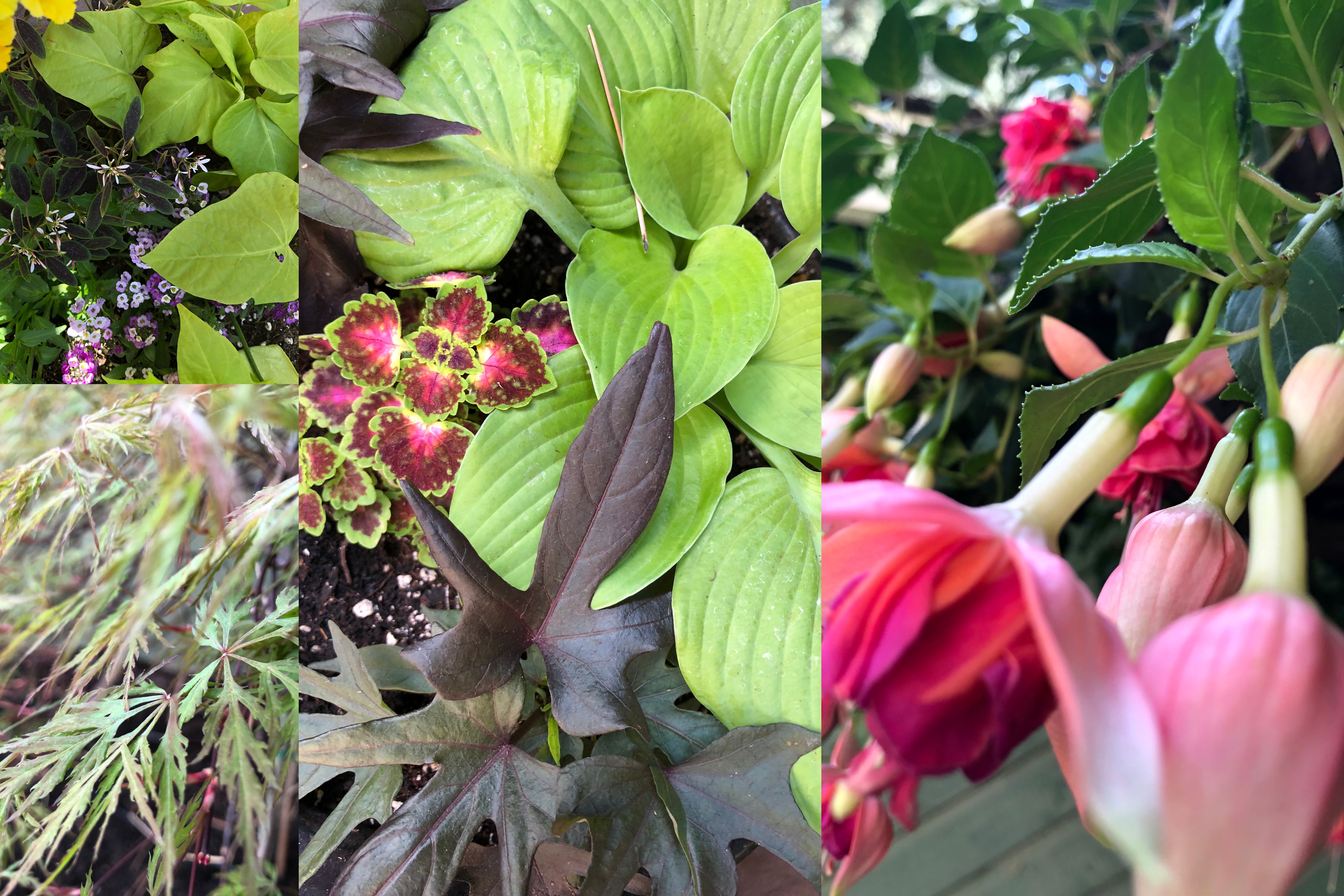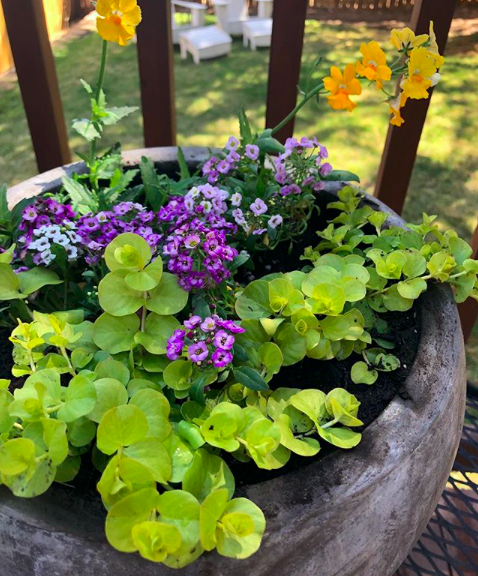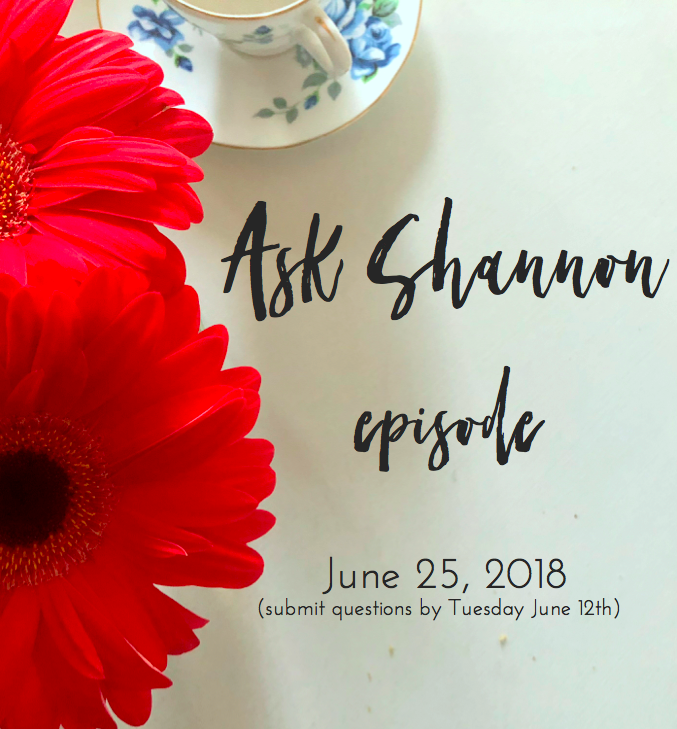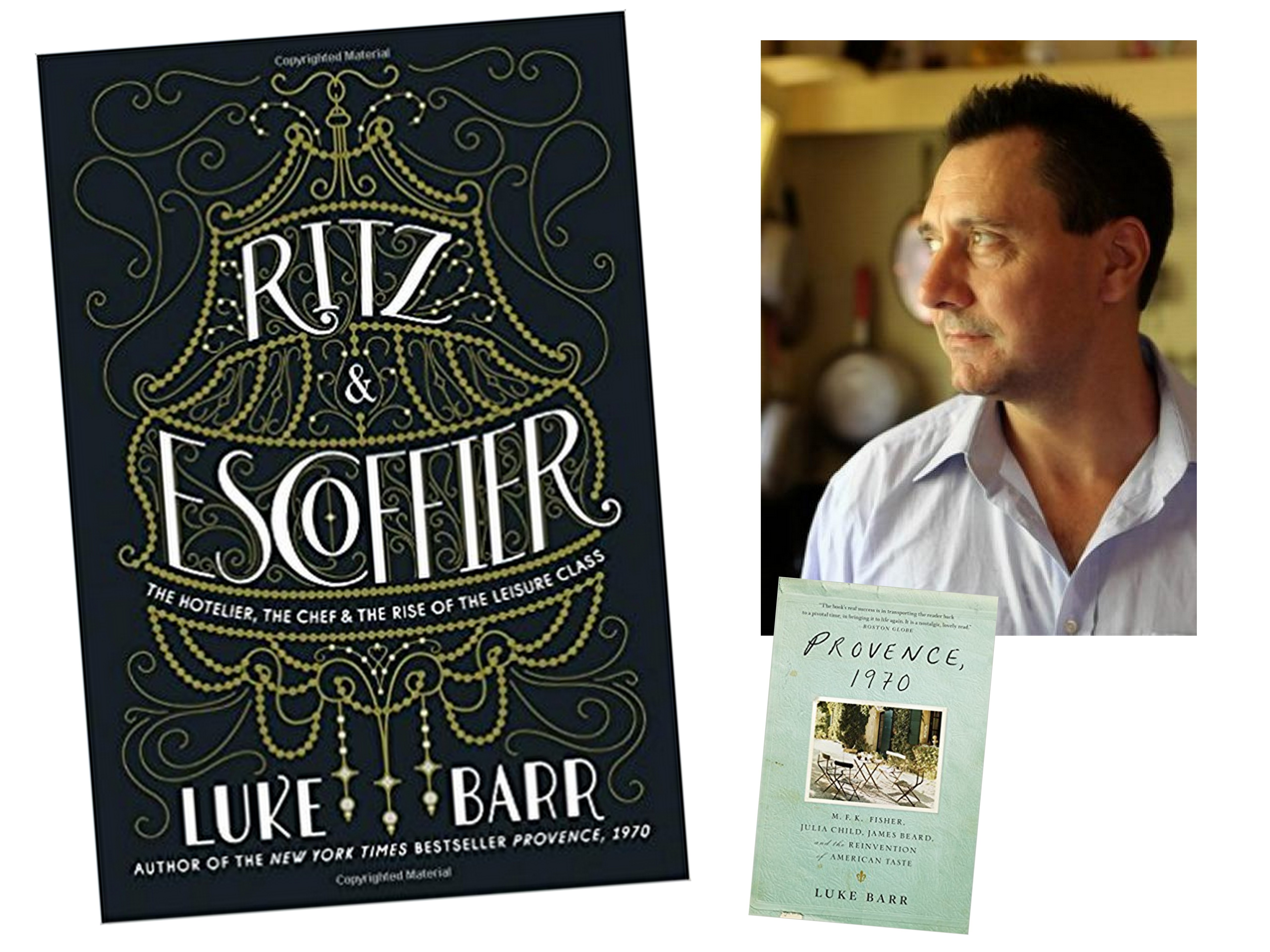207: Welcoming the Gifts of a Garden & Yard When the Yard is Small or the Time is Short
The Simple Sophisticate - Intelligent Living Paired with Signature Style - A podcast by Shannon Ables - Wednesdays

Categories:
~The Simple Sophisticate, episode #207
~Subscribe to The Simple Sophisticate: iTunes | Stitcher | iHeartRadio | YouTube

"If you have a garden and a library, you have everything you need." — Marcus Tullius Cicero
Claude Monet's gardens at Giverny, Butchart Gardens near Victoria, Canada, or the grounds of Versailles in France.
Each and many more outdoor masterpieces which utilize the gifts of Mother Nature to enchant visitors are as glorious as they are intimidating to those of us who are curious to welcome similar beauty onto our own properties and sanctuaries.
Having grown up with a mother who has a sincere love for gardening and whose canvas is more than a few acres, I watched as she painstakingly watered by hand all of her flower beds, raised garden boxes for years until automatic sprinklers were put in. During the winter months she still goes through the garden catalogs and plants seeds far in advance of the spring season, nursing them in her sunroom and then in her green house before planting them in their final destination in the yard or garden.
Needless to say, the effort master gardeners put into their plants, flowers and landscapes can easily be a full-time job. And while many of us may want and appreciate the gifts that spending time around such natural beauty brings into our lives, we may not all either have the space, property or ability due to renting or the time or devoted passion.
I find myself a little in both camps for my reasons for not having a bountiful garden and yard. While in my previous home, of which I owned, I invested much money installing automatic sprinklers, planting new trees, installing a cedar fence, along with the seasonal attention that is required, part of me is quite relieved to not have to rake 40 bags of leaves each year or worry about investing in a landscape architect to mold my yard into an oasis because I am currently renting and do not know the cottage I call home at the moment. However, on the flipside, I derive great pleasure from being outdoors, enjoying the vegetables, herbs and somtimes fruit from my garden as well as arriving home to a bevy of daffodils in the spring, lavender in the summer and lush hostas tucked into the shade in my flower beds surrounding my front porch. Mother Nature is an elixir, a form of comfort and a destination to unwind, relax and appreciate the natural beauty that can surround us should we choose to welcome it into our lives.
So today I wanted to share with you how you too can welcome the gifts of a yard and garden into your life without being someone who has the Master Gardener credientials or even wants them. Rather by adopting a few or all of these ideas shared below, you can cultivate the simple, yet powerful gifts a thoughtful approach to tending to your garden and yard can bring.
1. Keep it simple
As with other areas of our lives, keeping what is necessary and valued and letting go of what is not enables simplicity to be the guiding principle. Even if we are in awe of our neighbor's yard, our space, time and budget may be different. Taking an approach to welcoming more color and fresh plants as well as a gardening space must work for you. So take a look at what your space and time allow (each spring I know I will be planting five pots, looking for one hanging basket and planting my garden which is 4 feet by 8 feet), and enjoy the process of enriching what you have and celebrating, not comparing what you have createed with others.
2. Find your Hardiness Zone
Depending upon where you live, you will have more success with some plants than others. For example, as IG followers know, I am a fan of hydrangeas, but I have never had luck growing them in either of the locations I have attempted due to the zone in which I grow them. While yes, there are often hardier variations available, the classic hydrangeas with the huge mopheads are not something at the moment, I have the opportunity to grow. Therefore, I do not invest in them. If you live in the states, check out this website to determine your hardiness zone based on your zip code, if you live in the United Kingdom, check out this website, and if you live in Canada, check out this website. For all other countries, simply type in "hardiness zone and your country" and you should be able to find a similar website.
3. Shop smart (when and what)
Now that you know what types of plants to buy (good news, often the local nurseries will primarily stock what does grow well in your area), keep in mind that shopping early in the nursey season will ensure you have the best selection. As I shared a few weeks ago when my favorite local nursey opened its doors for the first time of the season, I made sure my list of annual plants was ready based on what I needed, and stopped by within the first 48 hours.
Now, keep in mind, shopping early is key for those particular items you are going to want that often sell out quickly and are not restocked. For example, Creeping Jenny plants (see here) tend to be hard to find later in the spring as they are quite popular pot drapers. And flowering bulbs such as dahlias, cannas and lilies can be planted in spring as well. But other plants or bulbs will not become available until, for example, late summer and fall such as daffodils as you plant the bulb in the fall so that they will flower in early spring.
~Check out the Ultimate Flower Calendar here for which flowers to shop for and when to plant.
4. Grow an herb garden
No matter how big or small or even whether you have outdoor space or not, you can always have an herb garden, and I highly recommend that you do. Especially if you are someone who enjoys cooking, you will be saving yourself a decent chunk of change by having, for example, a basil plant (and paying $3-5) than paying $4-5 at the grocery store each time you want fresh basil leaves.
In 2013 I wrote a detailed post on how to create your own mini garden, and part of the mini garden details having an herb garden, as well as the herbs to include. If you do plant an herb garden outside, some of your herbs will not need to be replanted each year. Sage, rosemary, flat leaf parsley and even oregano have demonstrated in my own garden to be quite hardy.
5. How to pot a pot: Basics that Work
There are three components to shopping for the plants to put in your outdoor pots. Whether they will be in the sunshine or in the shade (hanging baskets can follow this prescription as well - although I often buy a basket full of one plant to simplify), include these three components (just three different types of plants - you can buy multiples if your pot is large enough) thriller (for height), filler and spiller Successfully Grow Plants in Containers. Paul Allen Smith is my garden guru and his terminology of what to put in the pots is easy to rememember. Read his detailed post about how to .
For example, in my front porch which is in shade for most of the day my basic formula is a hosta for the height (thriller), coleus for the filler, and sweet potato vines for the spiller (they are very delicate, so while I bought them in April, I kept them inside until just a few days ago when the last frost was well behind us). When summer and early fall has past, I plant the hosta (which is a perennial plant) in my flower bed to continue to bring more green, lush filler to the front of my house.
 ~This is one of my "sun" pots full of Creeping Jenny in the forefront, the spiller~
~This is one of my "sun" pots full of Creeping Jenny in the forefront, the spiller~
6. Add a few perennials to your yard each year
Perennials can be expensive, but part of the reason their price tag is higher is they last for more than one season. Whether it is a shrub, a hedge, the bulbs for tulips or daffodils, roses, or anything thing you determine would complement your yard and survive in your climate, gradually bring a few more into your yard each year as your budget allows.
Take time when making decisions about perennials and watch how the sunlight falls in different areas of your yard to determine exactly what plant or tree would be best.
7. Follow an expert or a few who offers ample inspiration and information
TSLL blog is not a gardening blog as readers know, but I am regularly encouraging time spent with nature as a means for a more content life. If I can do anything to assist you in your journey to welcome more Mother Nature into your home, it is to offer the encouragement to indeed welcome her with open arms.
There are many fantastic gardening blogs available to read and follow. Some offer expert advice (as I mentioned Paul Allen Smith above is my trusted go-to), some offer visual inspiration (I love Sharon Santoni's home and yard), and some offer it all along with the ability to purchase the flowers they grow such as Floret's Flowers (her dahlias are her rock-star product, but her daffodils are amazing as well).
8. Water regularly
As with anything we want to grow, regular watering is a must. Now for those of who travel, this can become difficult as we want to travel during the summer, but we've also invested some money in our plants and we want to return to a home with living, beautiful blooms. Consider carefully placing your pots so that your automated sprinkler will reach them or ask a trusted neighbor to water your pots once or every other day as necessary.
9. Use good soil
Quality matters as well when it comes to gardening. This year I purchased a yard of organic soil builder - compost - from our local county recycling business for $15. Now I also had to pay for them to deliver it, but I wanted to give my garden an extra rich, nutritious foundation. You can also buy something similar in bags at your local nursery, but price per pound, this was an amazing deal, and I didn't want to pass it up.
"Feeding" your soil and ensuring it is of good quality is the key to building a successful garden. There are other ways you can tend to your soil organically as shared by Better Homes & Gardens - add shredded leaves, animal manures or cover crops. Read more here.
10. Make a plan and map it out
Whether it is planning for which plants to put in your pots, how your landscaping will look or the layout in your garden (which vegetables and fruit go where), plan it out first. Better Homes & Gardens offers a Garden Planner which is simple and easy to use, but you can also simply pencil it out on a pad of paper. I find myself over-buying of one plant and not purchasing enough of another, only having to make a second trip (which I don't mind, but it would simplify the process to get what I need in one trip).
11. Visit your local farmers market
Whether you have a garden or not, flowers or not, an outdoor herb garden or not, knowing you can always slip away to your local farmers market to pick up fresh produce, a beautiful seasonal bouquet of flowers for the home and perhaps a potted basil plant for the window sill, is a perfect way to soak in Mother Nature's gifts and welcome them into your home.
When we take the time to savor the seasonal bounty having pulled the carrot from the soil, plucked the fresh strawberry from the vine or picked the apples from the tree, we are respecting what Mother Nature has provided and tending to our health and wellbeing along the way.

I hope you have discovered a few tips and ideas for beginning or enhancing your home yard and garden experience. For me, having an outdoor space, no matter how small, has always been soothing and necessary to find the balance of my days. However, initially all of the decisions made available when I stepping into a necessary put me in sensory and selection overload. While I still delight in visiting nurseries, I more clearly trust my decision making and enjoy the experience knowing that when I bring home what I have found, my space will become more welcoming and more of a sanctuary than it already is (all the while saving my budget).
SIMILAR POSTS/EPISODES YOU MIGHT ENJOY:
~Why Not . . . Create a Mini Garden?
~Farmers Markets: How to Make the Most of Your Visit No Matter Where You Live (Bend's Farmers Markets are Shared as well)
~Watch the pilot episode of The Simply Luxurious Kitchen: Seasonal Fare to Elevate the Everyday (season 1 begins on Satuday September 8th)
~ASK SHANNON 2018, Submit your questions now.
- Monday June 25th will be this year's Ask Shannon episode where I get the chance the answer your questions directly on the air.
- Submit by Tuesday June 12th
- Email me at [email protected]
- More information here

Petit Plaisir:
~Ritz and Escoffier: The Hotelier, The Chef and The Rise of the Leisure Class by Luke Barr
~other books by Luke Barr - Provence, 1970: M.F.K. Fisher, Julia Child, James Beard and the Reinvention of American Taste

Sponsor of this week’s episode:
- Casper Mattress
- Promo code: SS
- $50 toward your purchase
Images: (1) from TSLL's home in Bend, Oregon (potted plants, fuchsia, Japanese maple, hostas, coleus and sweet potato vines) (2) pics captured at Bend's first day of the farmers market
